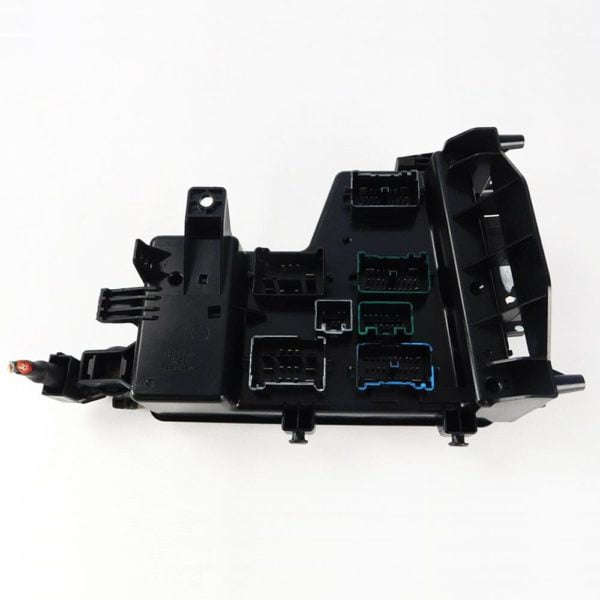
Some owners have reported that their engine stalls or misfires, especially at low speeds. Here are some of the most common problems owners have reported. If you’re having trouble with your 20, you’re not alone. For example, the number 30 fuse is a 30-amp fuse. These numbers correspond to the amperage of the fuse. Inside the fuse box, there are six black fuses, each labeled with a different number. It is a black box with a white lid, and has “Fuses” written on it. The fuse box on a 20 is located under the hood, on the driver’s side. It is usually marked with a red or black cover, and has a diagram of the fuses inside.

And you should try to use a fuse that is not critical to the operation of the vehicle in case the tap comes out or becomes defective.The fuse box on a Dodge Ram 1500 is located under the hood, near the battery. Not all fuse locations may have the room to accommodate these taps. Be aware that you may need to turn on the ACC or IGN before you read 12 VDC on specific fuses. The voltmeter's positive lead is the probe, clamp the voltmeter's negative lead to any chassis ground. To determine which side of the fuse socket is live, remove the fuse and then use your voltmeter probe to test each side for 12 VDC. If you're tapping into a normal Micro2 Fuse socket, always align the Fuse Tap's 12 V Line Input prong with the 12 V live side of the fuse socket. If the instructions that come with the tap are not clear about this, and they're often not, you'll need a VOM meter to see which side of the fuse the power is coming from and match it correctly to the proper terminal of the tap. If you plug it in backward, the OEM fuse location will still work properly, but the tap will not provide fused protection to the new accessory. You would not want to swap the two.Īlso, keep in mind that these taps can only be plugged-in in one direction. Be very careful not to confuse the two sockets, especially if you're using say a 5 amp fuse for the new accessory and the OEM fuse is say 20 amps. These taps may be wired differently so carefully check the instructions that come with it, but usually, the upper fuse socket is for the new fuse while the lower socket is for the OEM fuse. If the accessory fuse blows, you won't lose power to the OEM circuit and vice versa. Both fuses operate totally independently of each other. One is for the existing OEM fuse and the second is for the added-on accessory.

Basically, they allow you to tap 12VDC power from an existing fuse location and send it to an added-on accessory. Click to expand.Like said above, you use a Micro2 Fuse Tap.Ī lot of people don't know how these work as they can be confusing.


 0 kommentar(er)
0 kommentar(er)
